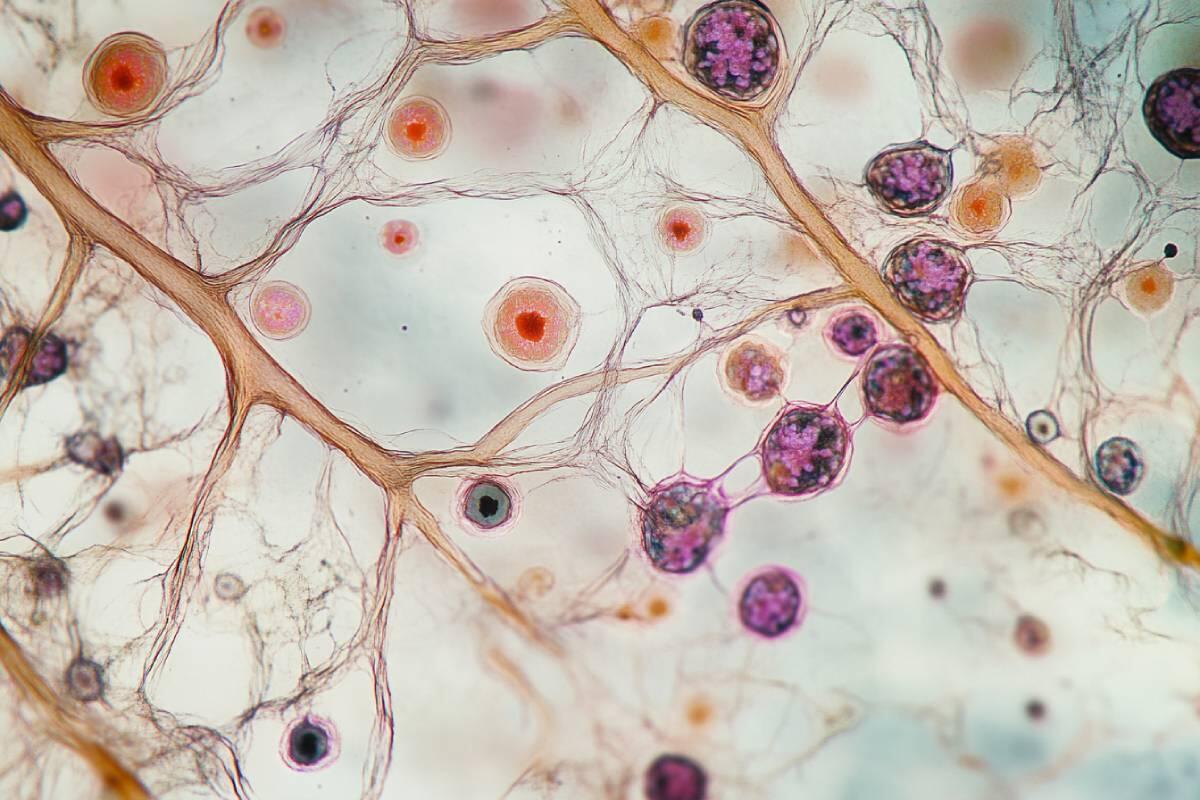Recurrent Candidiasis: Why It Happens and How to Prevent It
Recurrent candidiasis is a frustrating condition for many patients, characterized by repeated fungal infections caused by Candida, primarily Candida albicans. While candidiasis can often be treated effectively, recurrence is a concern for those experiencing frequent episodes.
At Clinic Consultation, we emphasize the importance of understanding the causes and implementing effective preventive strategies. This article explores the factors behind recurrent candidiasis and provides actionable advice for managing and preventing it.
What Is Recurrent Candidiasis?
Recurrent candidiasis is defined as having four or more episodes of Candida infections in a year. This condition can stem from multiple causes, including underlying medical conditions, lifestyle factors, or external influences.
These repeated infections can significantly impact physical and emotional well-being. Clinic Consultation is dedicated to identifying root causes and tailoring treatments to meet each patient’s needs, ensuring long-term relief.
Causes of Recurrent Candidiasis
Immune System Weakness
Chronic illnesses such as diabetes, prolonged use of immunosuppressants, or high stress can weaken the immune system, making the body more susceptible to fungal infections.Hormonal and Environmental Factors
Hormonal fluctuations during pregnancy, menstruation, or while using contraceptives can create a favorable environment for Candida. Additionally, tight or synthetic clothing and prolonged exposure to moisture can exacerbate the risk.
By addressing these underlying factors, Clinic Consultation helps patients manage and prevent recurrent infections with a holistic approach.
How to Prevent Recurrent Candidiasis
Maintain Proper Hygiene
Avoid harsh soaps or douches that disrupt the natural balance of the vaginal flora. Instead, use gentle, pH-balanced products and ensure the area remains clean and dry.Adopt Preventive Lifestyle Habits
Choose breathable cotton underwear, avoid prolonged wearing of damp clothing like swimsuits, and maintain a balanced diet rich in probiotics to support healthy gut flora.
At Clinic Consultation, we provide personalized advice tailored to individual circumstances, helping patients make sustainable changes to their lifestyle for better health outcomes.
Treatment Options at Clinic Consultation
For recurrent candidiasis, treatments often include antifungal medications (topical or oral) alongside lifestyle modifications. In chronic cases, long-term preventive treatments might be necessary.
Clinic Consultation offers specialized care, combining advanced diagnostics with tailored treatments to ensure each patient receives the best care. Our approach focuses not only on immediate relief but also on long-term prevention.
Conclusion
Recurrent candidiasis can be challenging, but understanding its causes and taking proactive measures can significantly reduce its impact. By addressing lifestyle factors, underlying health issues, and implementing appropriate treatments, patients can regain control over their health.
If you’re dealing with recurrent candidiasis, consult the experts at Clinic Consultation. Our dedicated team is here to help you achieve lasting relief and improve your quality of life.
Tags: recurrent candidiasis; fungal infections; Candida albicans; women’s health; prevention tips; Clinic Consultation; antifungal treatment; healthy lifestyle.
Prompts for AI Images (in English):
- "A healthcare professional consulting a patient in a modern clinic, discussing fungal infection prevention strategies."
- "A flat-lay image of natural and medical hygiene products, including cotton underwear, probiotics, and pH-balanced soap, on a clean background."
- "Microscopic visualization of Candida fungus with detailed cellular structures, designed for educational purposes."
